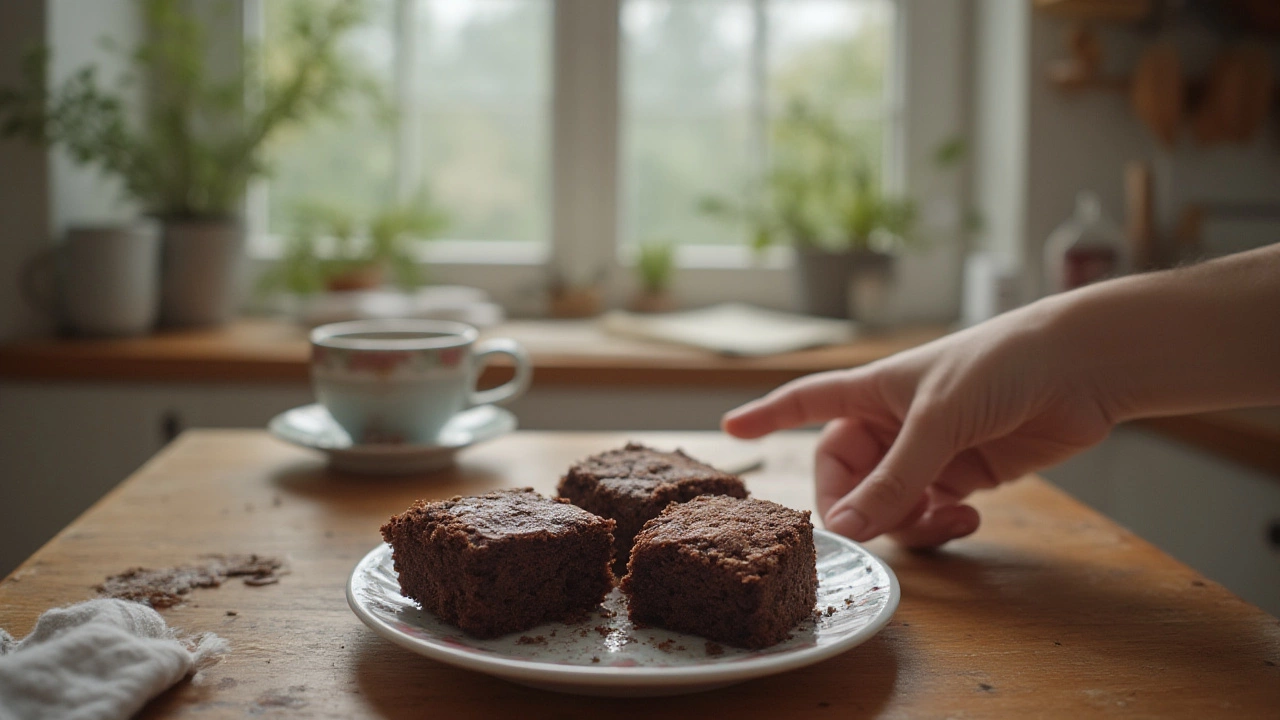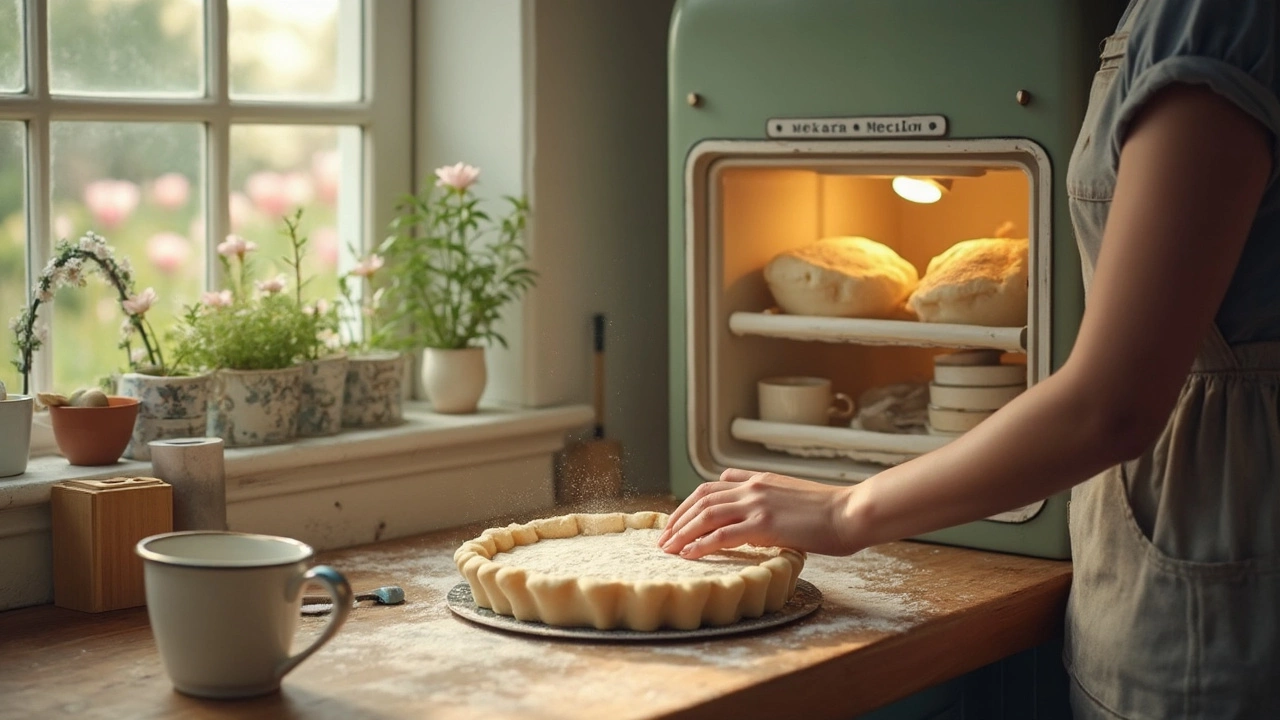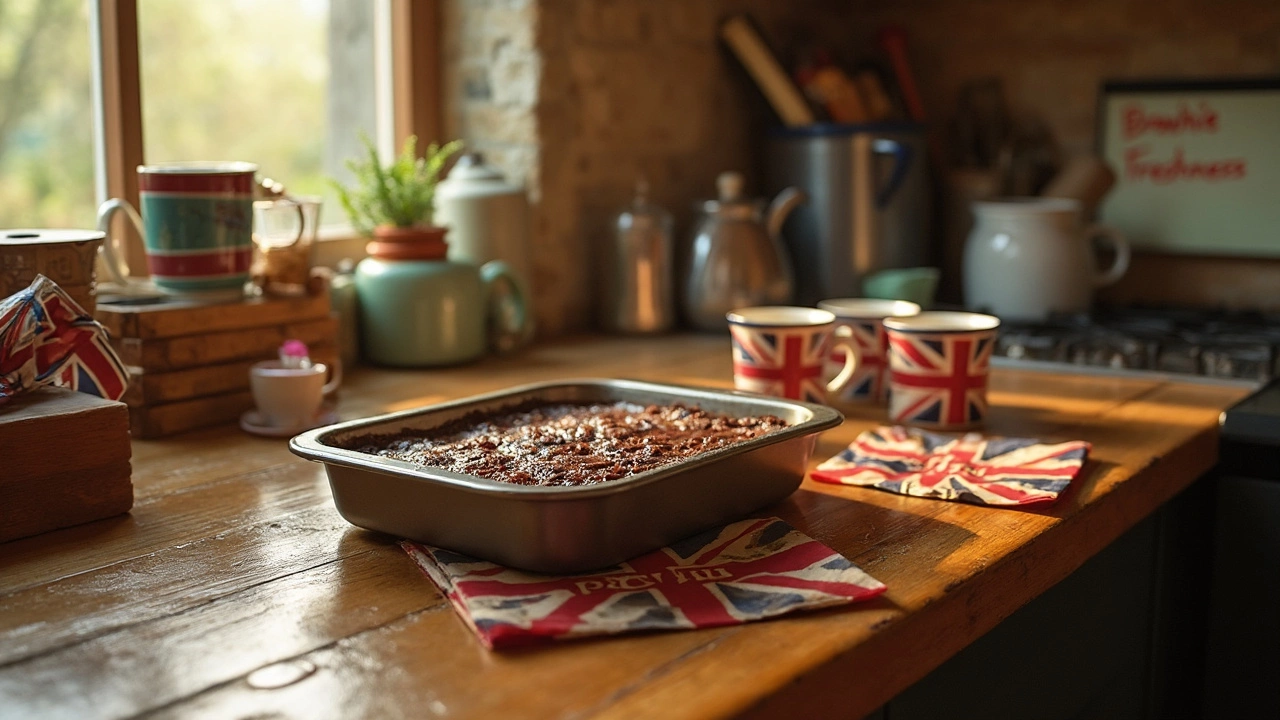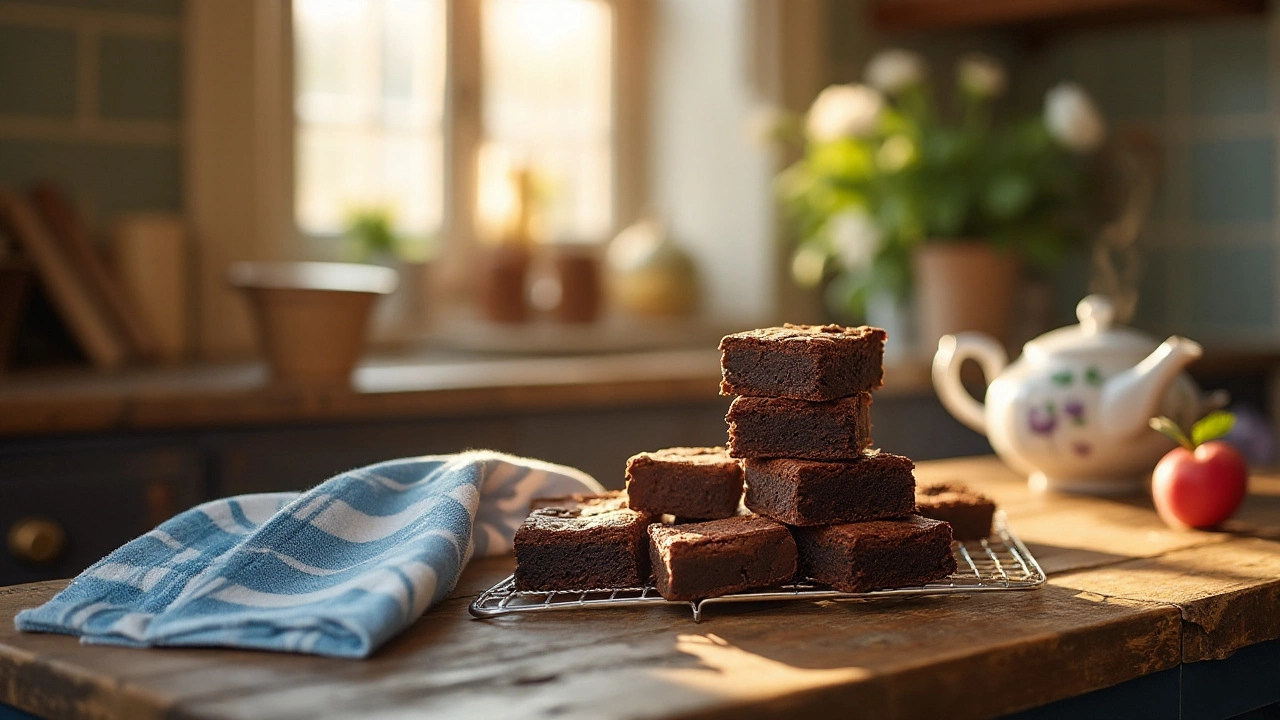
How to Tell If Your Brownies Have Gone Bad: Storage, Signs, and Shelf Life
Nobody wants to bite into a spoiled brownie. Learn how to spot bad brownies, keep them fresh longer, and avoid any nasty surprises with this simple guide.
If you love fresh brownies, soft cookies, or fluffy cakes, you’ve probably wondered how long they stay tasty. The good news? A few simple steps can add days or even weeks to your treats’ life. Below are the most useful, everyday tips you can start using right now.
First off, keep brownies in an airtight container. A snug plastic box or zip‑lock bag stops air from drying them out. For extra moisture, add a slice of fresh bread to the container – the bread releases just enough humidity to keep brownies chewy without getting soggy.
Cookies behave similarly. Store them at room temperature in a single layer, then cover with a second layer of parchment before sealing the lid. This prevents the top cookies from getting crushed. If you want them extra soft, toss a damp paper towel in the container; discard it after a day to avoid mold.
Frosted cakes need a cooler environment. Once the frosting has set, wrap the whole cake in a cake dome or an overturned bowl, then place it in the fridge. This protects the frosting from absorbing fridge odors and keeps the crumb from drying.
For longer storage, freeze the cake. Slice it first – individual pieces thaw faster and stay moist. Wrap each slice tightly in cling film, then in a freezer‑safe bag. When you’re ready to serve, let the slice sit at room temperature for 20 minutes; you’ll get that fresh‑baked taste without any freezer burn.
Temperature matters for all baked goods. Aim for a cool, dry spot in your pantry if you plan to eat within a few days. Avoid direct sunlight and heat sources like ovens or radiators. A stable temperature (around 65‑70°F) is ideal for most treats.
Humidity is the hidden enemy. In humid climates, even airtight containers can trap moisture, leading to soggy tops. Use a dehumidifier or a small packet of silica gel (food‑grade) in your storage box to mop up excess dampness.
When in doubt, trust your senses. If a treat smells sour or looks moldy, it’s time to toss it. Freshness isn’t just about taste; it’s also about safety.
Finally, label everything. Write the bake date on containers so you know exactly how long each item has been stored. This habit helps you rotate stock and prevents forgotten leftovers from going bad.
With these shelf life shortcuts, you’ll get more out of every batch you bake. No more rushed eating or wasted desserts – just consistently fresh, delicious treats whenever the craving hits.

Nobody wants to bite into a spoiled brownie. Learn how to spot bad brownies, keep them fresh longer, and avoid any nasty surprises with this simple guide.

Pastry dough is a lifesaver for quick snacks or big gatherings, but it’s easy to forget how long it can chill in the freezer before it loses its magic. Learn the real limits for freezing pastry dough, how to tell if it’s gone bad, and tricks to make defrosting easy. Includes practical tips to keep your pastel crust crispy and tasty. Discover what happens when you push dough storage too far. Make sure your next batch turns out just right, no matter how long it’s been in the freezer.

Ever left a tray of brownies on the counter and wondered if they’re still safe to eat? This article explains how long brownies really last at room temperature, covers what happens if you leave them out too long, and shares signs that your brownies might have gone bad. We’ll break down the right ways to store your brownies for maximum freshness. Get some smart, real-life tips to keep your batch tasting perfect—no more guessing or waste.

Brownies are a beloved dessert that can be enjoyed well after they're baked if stored correctly. This article explores the typical shelf life of homemade brownies, highlighting factors that affect their freshness. We'll delve into optimal storage methods and how to keep them tasting great for days. Tips for identifying when brownies are no longer good to eat are also included. Learn to make the most out of each batch with these insights.